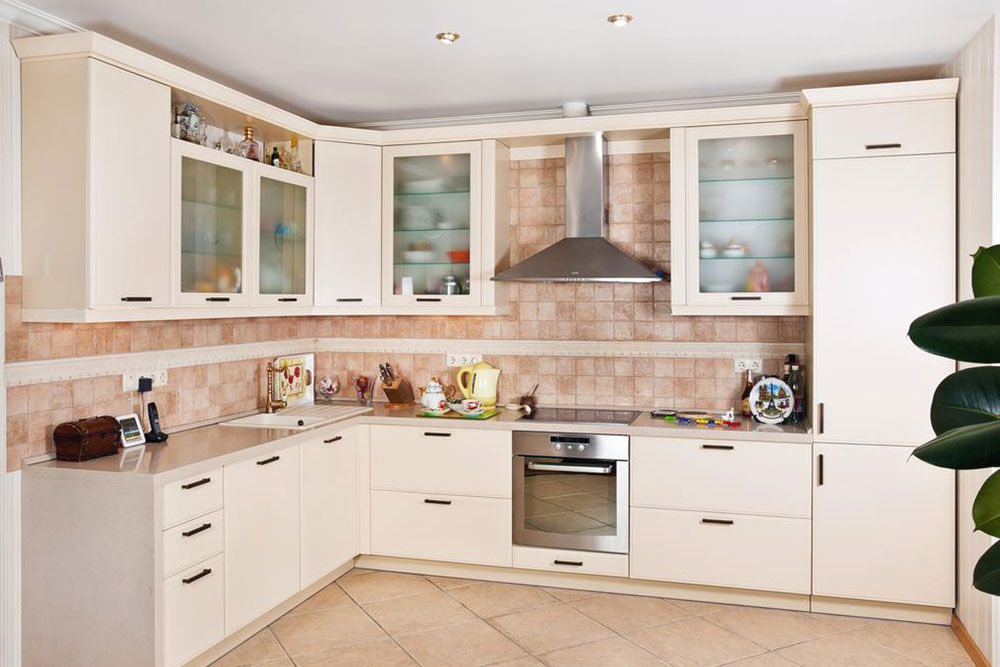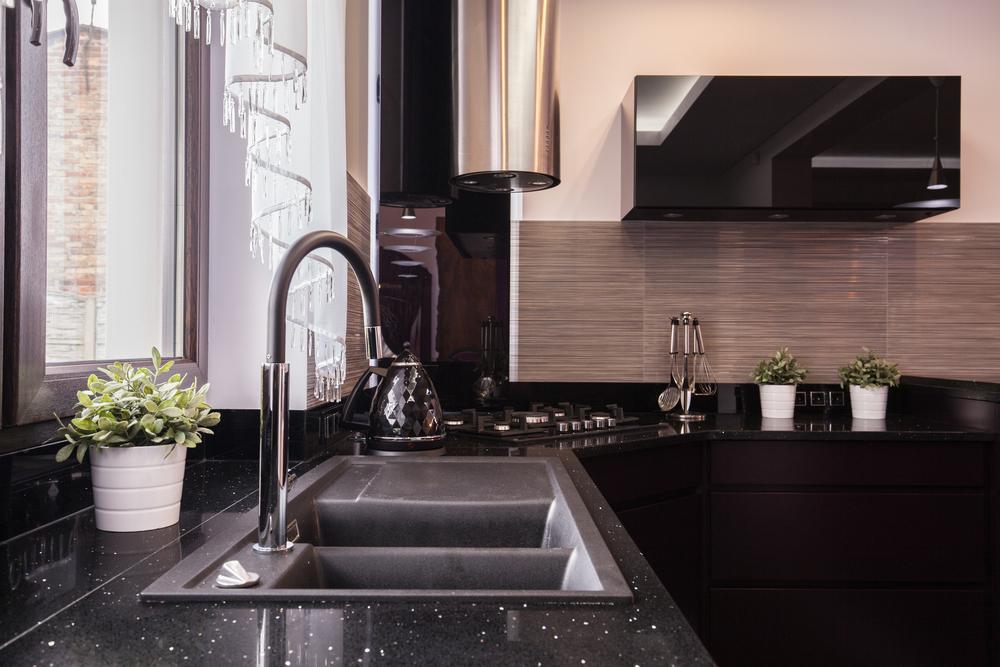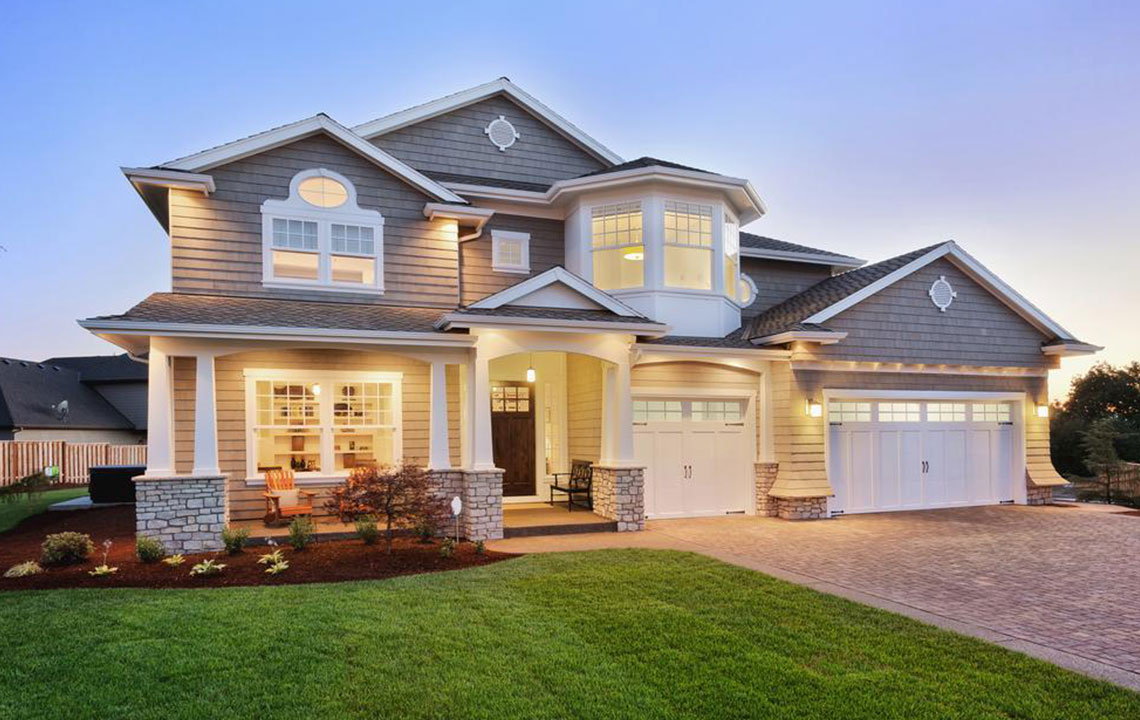The Evolution of Kitchen Design Through History
Explore the fascinating history of kitchen design, from early utilitarian spaces to modern, inviting hubs of family life. Learn how technological advances and changing needs shaped the evolution of kitchens over centuries, transforming them into warm and functional centers of the home.

A Journey Through the Changing Face of Kitchens
The kitchen, a vital part of home life, often reflects family traditions and daily routines more than any other room. It evokes memories of shared meals, busy mornings, and conversations. Historically, kitchens were primarily functional spaces dedicated to food preparation, especially before modern conveniences revolutionized cooking. Early kitchens were utilitarian, often away from entertaining areas to manage smoke and odors. Wealthy households had spacious, fully equipped kitchens, while simpler homes featured small, basic setups. Up until recent history, kitchens were smoky and unwelcoming, sometimes even separate structures, designed to serve practical needs like home butchering.
Traditional cookware was made from materials such as clay, stone, cast iron, and copper. The development of new alloys and non-stick coatings over the last century transformed kitchen tools, making them lighter and easier to maintain. Early cooking methods involved open hearths fueled by wood or coal; chimneys appeared as early as the 12th century in England, greatly improving indoor air quality. These innovations turned kitchens into cozy, inviting spaces and ultimately as central as they are today, serving as the heart of family life.


